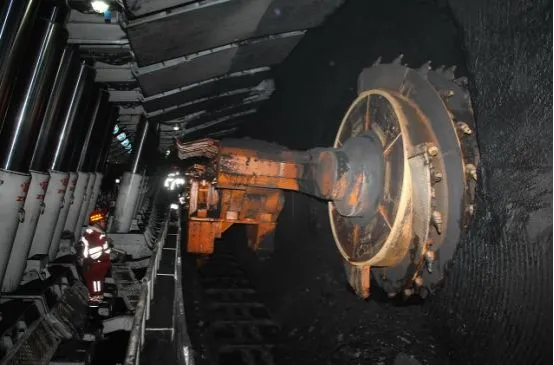10 月 . 11, 2024 20:59 Back to list
hydraulic control valve
The Importance of Hydraulic Control Valves in Industrial Applications
Hydraulic systems are essential in numerous industrial applications, ranging from construction machinery to aerospace engineering. At the heart of these systems lies the hydraulic control valve, a critical component that regulates fluid flow and pressure, ensuring efficient operation and safety. This article will explore the significance, types, working principles, and applications of hydraulic control valves.
What is a Hydraulic Control Valve?
A hydraulic control valve is a device that manages the flow and direction of hydraulic fluid in a system. By controlling these parameters, these valves ensure that the hydraulic actuation systems—such as cylinders and motors—perform as intended. These valves can either allow or block fluid movement, adjust flow rate, or change the direction of fluid flow, making them indispensable in automated and manual control systems.
Types of Hydraulic Control Valves
There are several types of hydraulic control valves, each designed for specific functions. The most common types include
1. Directional Control Valves These valves control the direction of the hydraulic fluid. By selecting different ports, they can direct the fluid to various components within a system. Common types of directional control valves include spool valves, poppet valves, and rotary valves.
2. Pressure Control Valves These valves maintain the pressure within a hydraulic system. They can prevent pressure from exceeding a certain limit, which is crucial for protecting components. Common types include relief valves, pressure regulators, and sequence valves.
3. Flow Control Valves As the name suggests, these valves control the flow rate of the hydraulic fluid. This can be essential for controlling the speed of actuators. There are several types, including throttle valves, flow restrictors, and adjustable flow control valves.
4. Check Valves These valves allow fluid to flow in one direction only, preventing backflow. They are used in systems where it is vital to maintain the direction of flow and prevent potential damage from reverse flow.
hydraulic control valve

Working Principles
Hydraulic control valves operate based on fluid mechanics principles. When hydraulic fluid is pressurized, it flows through the valve according to the position of its internal components, such as spools or balls. For directional control valves, moving the spool changes the path of the fluid, allowing it to flow to the desired actuator. Pressure control valves utilize spring-loaded mechanisms to open or close ports in response to pressure changes, while flow control valves use orifices to create resistance and thus regulate flow rate.
Applications of Hydraulic Control Valves
The applications of hydraulic control valves are nearly limitless, given their critical role in hydraulic systems. Industries such as construction, automotive, aviation, manufacturing, and agriculture rely on these valves. For example
- Construction Equipment Hydraulic excavators, loaders, and cranes depend on directional control valves to manage the movement of booms and arms, allowing for precise control of heavy loads. - Automotive Industry Hydraulic control valves are vital in vehicles, particularly in braking systems where they regulate brake fluid flow and pressure to ensure safe operation.
- Aerospace Hydraulic systems in aircraft utilize pressure and flow control valves to manage landing gear deployment, flight control surfaces, and other critical functions.
- Manufacturing Machinery Many machines in factories, including presses and lathes, use hydraulic control valves for efficient operation, allowing for high precision and adjustable speeds.
Conclusion
In summary, hydraulic control valves are indispensable components in a multitude of industries, serving to regulate the flow, direction, and pressure of hydraulic fluid. Understanding the types, working principles, and applications of these valves is crucial for engineers and technicians who design and maintain hydraulic systems. As technology advances, the evolution of hydraulic control valves continues, promising even greater efficiency and reliability in industrial applications. Ensuring proper selection, installation, and maintenance of these valves is essential for maximizing system performance and safety.
Share
-
Understanding the Differences Between Wafer Type Butterfly Valve and Lugged Butterfly ValveNewsOct.25,2024
-
The Efficiency of Wafer Type Butterfly Valve and Lugged Butterfly ValveNewsOct.25,2024
-
The Ultimate Guide to Industrial Swing Check Valve: Performance, Installation, and MaintenanceNewsOct.25,2024
-
Superior Performance with Industrial Swing Check Valve: The Essential Valve for Any SystemNewsOct.25,2024
-
Industrial Swing Check Valve: The Ideal Solution for Flow ControlNewsOct.25,2024
-
You Need to Know About Industrial Swing Check Valve: Functionality, Scope, and PerformanceNewsOct.25,2024